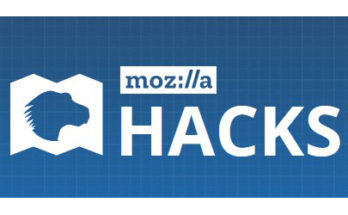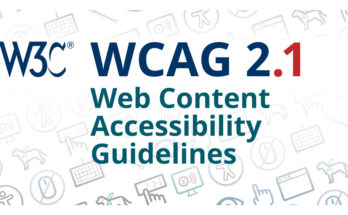ACE: the Accessible Colour Evaluator Palette
This websites contains a web development tool, which can be found under the heading Palette. The purpose of the tool is to assist web designers and developers in selecting a range of colours to use on a website and quickly reveal which pairs will pass or fail at the three different WCAG 2.0 contrast ratio values.
The Web Content Accessibility Guidelines (WCAG) have been put into place so that when websites are made they will be accessible to people with different impairments. Part of the guidelines deal with addressing how to improve website accessibility for people with visual impairments.
This website will help web designers and developers to meet either the minimum contrast or enhanced contrast guidelines.
Supporting Background
ACE: A Colour Palette Design Tool for Balancing Aesthetics and Accessibility
Journal: ACM Transactions on Accessible Computing (TACCESS), Volume 9 Issue 2, January 2017, Article No. 5
By Garreth W. Tigwell, David R. Flatla, and Neil D. Archibald – University of Dundee, Dundee, Scotland, UK
Abstract
Colour can convey a mood or elicit a particular emotion and, in terms of web design, colour can influence attitudes, perceptions, and behaviours. However, many websites demonstrate inaccessible colour choices. Numerous online colour palette design tools only focus on assisting designers with either the aesthetics or accessibility of colours.
With a user-centered design approach, we developed the Accessible Colour Evaluator (ACE, daprlab.com/ace) which enhances web developers’ and designers’ ability to balance aesthetic and accessibility constraints. We distributed an online questionnaire to 28 web developers and designers to understand their attitudes and utilisation of accessibility guidelines, as well as to gather initial design requirements for ACE. With this information, we created three low-fidelity paper prototypes that were used to create two high-fidelity prototypes.
The high-fidelity prototypes were discussed with 4 web developers and designers during a design workshop, and their feedback was used to develop the final version of ACE. A comparative evaluation of ACE and three existing alternative tools was conducted with 10 new web developers and designers. All participants were able to complete a colour palette design task when using ACE and identified ACE as their most preferred tool. The mean scores for the six TLX measures show ACE as providing the best performance and causing the lowest frustration.
Finally, we conducted a small focus group with 3 web developers and designers to gather qualitative feedback about ACE. Participants identified a number of ACE’s strengths and made suggestions for future extensions and improvements.
Reference
Web Accessibility Initiative: “Strategies, standards, and supporting resources to make the Web accessible to people with disabilities.”
— W3C Web Accessibility Initiative (WAI)







